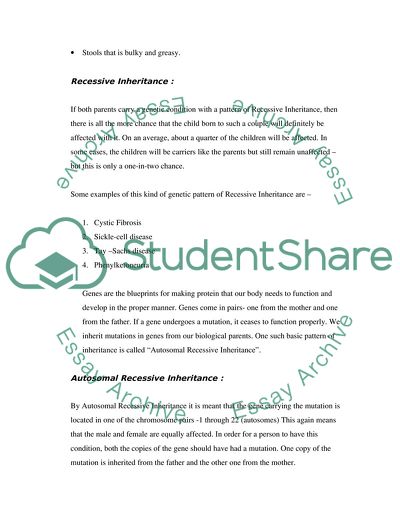Cite this document
(Causes of Foetal Echogenic Bowel in Pregnancy in Relation to Cystic Coursework, n.d.)
Causes of Foetal Echogenic Bowel in Pregnancy in Relation to Cystic Coursework. https://studentshare.org/health-sciences-medicine/1706342-causes-of-foetal-echogenic-bowel-in-pregnancy-particularly-in-relation-to-cystic-fibrosis
Causes of Foetal Echogenic Bowel in Pregnancy in Relation to Cystic Coursework. https://studentshare.org/health-sciences-medicine/1706342-causes-of-foetal-echogenic-bowel-in-pregnancy-particularly-in-relation-to-cystic-fibrosis
(Causes of Foetal Echogenic Bowel in Pregnancy in Relation to Cystic Coursework)
Causes of Foetal Echogenic Bowel in Pregnancy in Relation to Cystic Coursework. https://studentshare.org/health-sciences-medicine/1706342-causes-of-foetal-echogenic-bowel-in-pregnancy-particularly-in-relation-to-cystic-fibrosis.
Causes of Foetal Echogenic Bowel in Pregnancy in Relation to Cystic Coursework. https://studentshare.org/health-sciences-medicine/1706342-causes-of-foetal-echogenic-bowel-in-pregnancy-particularly-in-relation-to-cystic-fibrosis.
“Causes of Foetal Echogenic Bowel in Pregnancy in Relation to Cystic Coursework”. https://studentshare.org/health-sciences-medicine/1706342-causes-of-foetal-echogenic-bowel-in-pregnancy-particularly-in-relation-to-cystic-fibrosis.


